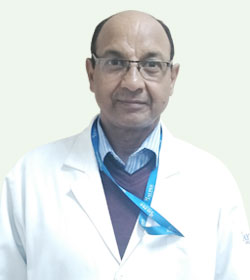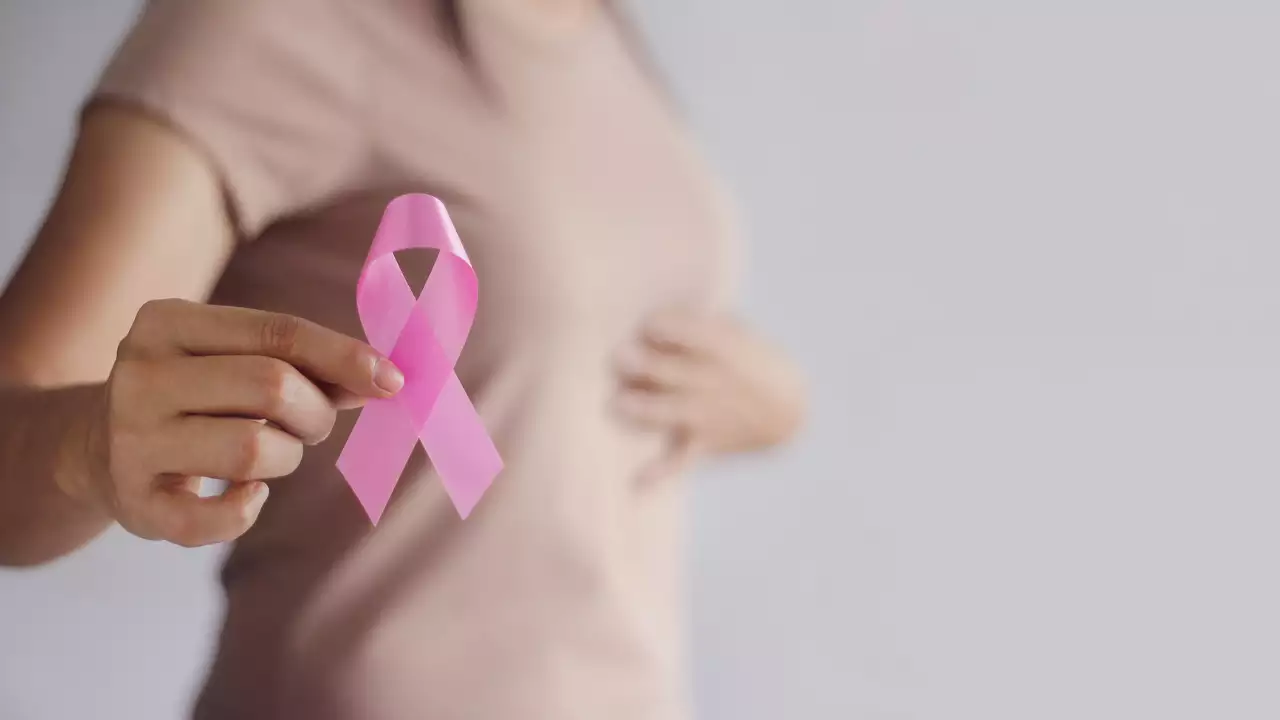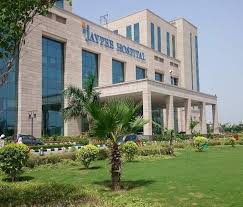About the Doctor
Dr. Rakesh Chandola is Sports Medicine Advisor with the IAF and the Services teams during the Services Championship. He is associated with the In-Season as well as the Off-Season training, where training programmes were devised to suit the strength and skill requirements of the sport-specific needs of the participants.
Specialization
- Talent spotting and Discipline allotment in children
- Sports Injuries management
- Conduct Sports Physicals to help identify Talent and Discipline allotment.
- Programming, Progression, Upgradation, Evaluation and Optimizing Training.
- Early injury detection, burn-out prevention and rehabilitation.
- Faclty assessment, development and programming.
- Guidance in Skill Training.
- Geriatric Rehabilitation
Frequently Asked Questions About Orthopaedic Surgery
What are the common types of shoulder injuries?
osteoarthritis, inflammatory arthritis, tearing of the rotator cuff, and shoulder fracture are some examples of shoulder injuries.
What is osteoarthritis?
It is a degenerative bone disease affecting people over 50 years and has no cure.
This is caused by the damage due to “wear and tear” of the cartilage. As a result of the worn out cartilage, the bones rub against each other and cause extreme pain.
What is inflammatory arthritis?
This is an umbrella term for a group of autoimmune diseases that have no cause. Autoimmune diseases are diseases that result when the immune system attacks the body’s tissues instead of foreign elements.
When is shoulder replacement surgery recommended?
Shoulder replacement surgery is recommended when there is shoulder pain which is severe and interferes with one’s daily activities, shoulder pain even during resting hours, weakness in the shoulder, and loss of motion of the shoulder.
What is tendon repair surgery?
A tendon repair surgery is a surgical intervention which is conducted to remove, replace, and/or repair a damaged tendon.
What are the risks of tendon repair surgery?
The risks associated with a tendon repair surgery are anesthesia allergy, loss of motion to a degree, scar tissue, and second tendon tear.









